How the Daily Weather Impacts Your Home Garden
Team PlantTAGG2023-06-16T10:17:07-06:00We’d all love to control our plants’ environments for optimal growth. Of course, unless you have a contained greenhouse, you can’t protect your plants from the elements at all times. Daily weather can be an anomaly, and it can change dramatically within a short period.
Knowing the impact that daily weather changes have on your plants can help you take the proper measures to keep them safe from damage. Some changes might be obvious, while others are a little more unexpected, particularly among novice gardeners. In this post, we review ways that weather can impact your garden and ways to mitigate these effects so that you can plan accordingly.
Too Much Rain Can Kill Plants
Water is needed to encourage plant growth, and rainwater is necessary for certain species that don’t tolerate tap or drinking water. However, too much water can injure plants, make the soil too tightly packed, and eventually cause devastating erosion.
If there’s too much water in the soil, it can cause root rot. Excess water limits the amount of oxygen the plant can receive. If the plant’s roots are unhealthy, the plant will be unable to grow. Too much rain can suck the nitrogen right out of the soil, which hinders photosynthesis.
If the forecast is calling for a heavy rainy season, consider moving container plants to a protected area. Alternatively, you can raise potted plants off the ground to help with drainage. For your in-ground plants in areas that are not draining well, you can dig channels to help water escape more quickly.
Avoid walking on soil right after it rains because the pressure from your feet will compact the soil and hinder drainage capabilities. Check the roots of your plants after a heavy rain to make sure that there are no exposed parts. If so, cover any areas where the soil may have washed away. Heavy rain can carry away much of the fertilizer you have previously worked into the soil. If so, consider reapplying fertilizer for both in-ground and container plants more frequently.
High Temperatures Heat Raised Garden Beds
Warmer soil in raised garden beds helps seeds grow healthier and faster. Depending on the climate in your area, warmer temperatures can help heat raised garden beds. On the other hand, extreme heat will cause your plants to grow more slowly. For example, the optimum germination temperature for beans is 80 degrees Fahrenheit. If you were to plant seeds before the soil reaches 60 degrees, the seeds would not germinate. If temps in the soil exceed 95 degrees, likewise, seeds won’t start to grow.
There are charts available online to show you preferred temperatures for planting a wide range of vegetables. Ultimately, if the temperature stays warm without becoming too hot, you may see plants in raised garden beds grow better. Make sure they have enough water, particularly if you’re experiencing a long period of dry heat outside.
Humidity Impacts Soil Moisture
Humidity results from accumulated water vapor hanging in the air, and it may adversely affect your garden. If a plant’s leaves are consistently exposed to high humidity, the plant can suffer from fungal infections. If you live in an area with high humidity conditions, be sure to space plants appropriately so they receive adequate air circulation. Also, when you water, be careful to avoid getting foliage wet.
Changing Pest Behavior
Another element to keep in mind is pest behavior. Pests that can destroy your plants will flourish in certain conditions, such as when the weather is warmer or wetter. While you’re likely to see pests disappear during the winter months as temperatures cool, areas with warmer climates can see pests year-round. If so, it might be necessary to take steps to mitigate the dangers they present to your plants.
If you have to deal with an influx of pests during the warmer seasons, you can deter them by selecting plants that are resistant to them. Herbs often deter pests since many find the smells unpleasant. You can include a more diverse range of plants within your garden to reduce or more evenly spread the number of pest-attracting plants in the same area.
Wind Dries Out Wet Plants and Spreads Dangerous Elements
Wind can be a good thing for plants like other weather elements, as long as it’s not too powerful or constant, encouraging pollination. Wind can become a problem by spreading dangerous chemicals or pathogens, or if it’s too strong and dries out wet plants to the point where they can’t replenish their water supply.
Of course, high-speed winds also have the potential of damaging plants. With proper planning, you can mitigate much of the damage created by wind. For example, planting wind-blocking trees or hedges can create a great barrier, and semi-permeable fencing can dissipate winds. Stake and secure fragile plants, such as tomatoes, and create a sturdy trellis for any vines.
Understanding your local daily weather and what to expect can help you prepare for potential benefits or dangers to your plants. In turn, you’ll be able to take the proper steps to protect your garden in the long term.
Get Started on Your Garden
Keeping these steps in mind can help you grow and maintain the perfect residential garden. As you gain more experience, you’ll learn what makes for your ideal garden based on where you live and your personal preferences. You can always turn to your local garden center for feedback. And, PlantTAGG is a great (and free!) way to make sure you stay on top of your local plant care recommendations and tasks.
Text ‘PLANTS’ to 46376 to set up your yard and get started on your flower garden today!



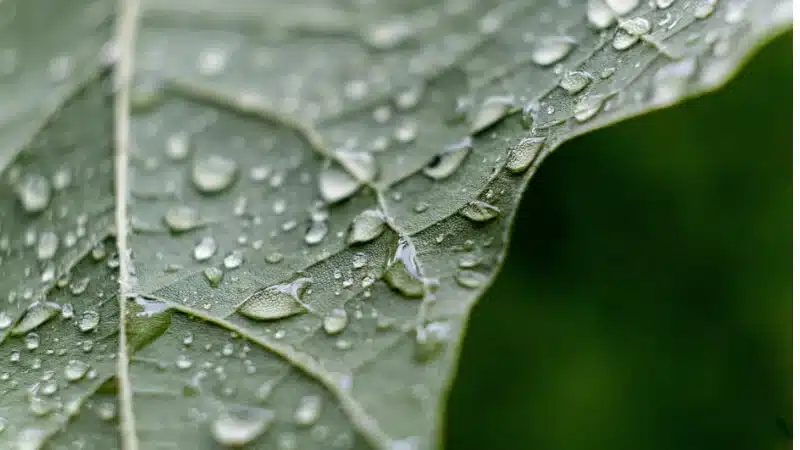

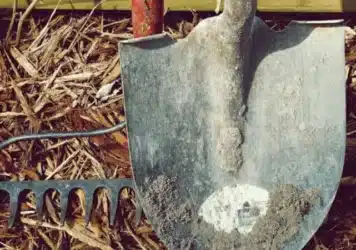
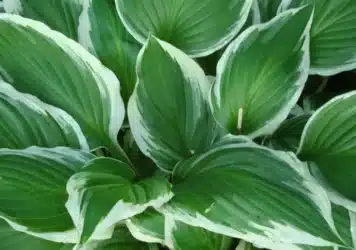

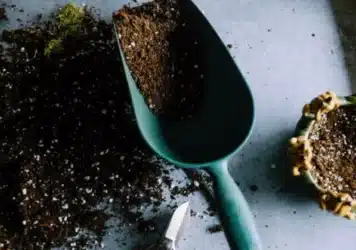
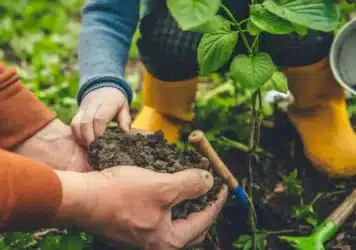
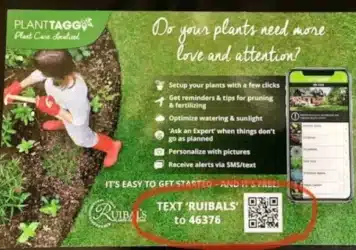


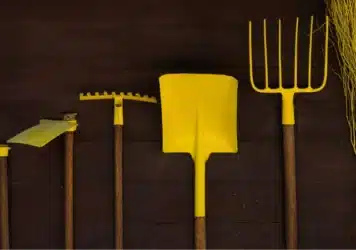
Leave a Reply